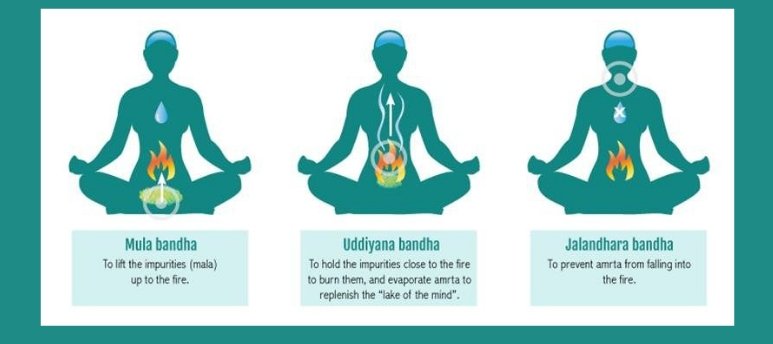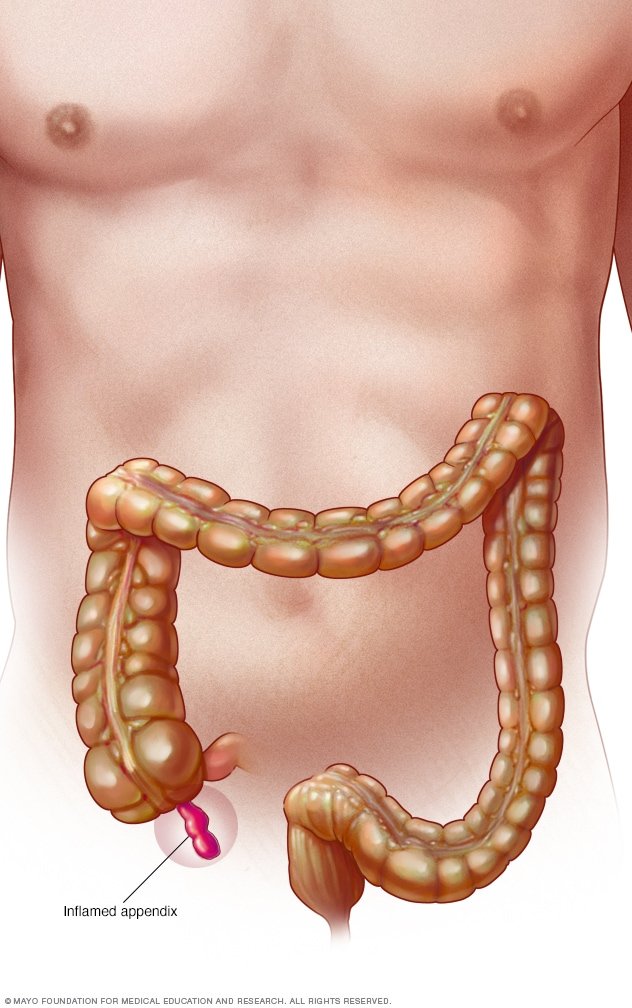
The Three Bandhas

‘Gopal K.S. Lakshmanan S., Batmanabne M., ‘A Study of the Effect of Bandhas in Pranayama on Pulse Rate, Heart Rate, Blood Pressure and Pulse Pressure’, Yoga Life, vol. 8, no. 1, Jan. 1977. Gopal K.S., Anantharaman V., Balachander S., Nishith S.D., The Cardiorespiratory Adjustments in Pranayama With and Without Bandhas, in Vajrasana’, Ind. J. Med. Sc., vol. 27, no. 9, Sept. 1973. 2Gopal K.S. and Lakshmanan S., ‘Some Observations on Hatha Yoga: An Anatomical Study’, Yoga Life vol. 4, no. 1, Jan. 1973.
Appendix

‘Gv is the governing vessel; Cv, the conception vessel. Numbers alongside designate the number of the acupuncture point found at the anatomical site stated in the text. “Ilza Veith, Nei Ying, translated as The Yellow Emperor’s Classic of Internal Medicine. J.E.H. Niboyet’s list of diseases susceptible to treatment by means of the governor vessel include: tonsillitis, sore throat, mouth diseases, conjunctivitis, headache, senile dementia (mental deterioration in the elderly), cold extremities, hallucinations, lumbago, neuralgia (nerve pain) of forehead and eyebrows, and toothache. Note: In some cases the treatment of the above diseases requires the points on the governor vessel to be treated in combination with one or more acupuncture points on another meridian. J.E.H. Niboyet’s list of 29 diseases susceptible to treatment by use of the conception vessel include: pain in head and neck, dyspepsia (impairment of the digestive function), eczema (skin disease), emphysema (stretching of air sacs in the lungs), epilepsy, aphonia (loss of voice), breast abscess, asthenia (lack or loss of energy or strength), asthma, mouth disease, bronchitis, convulsions, common cold, pharyngitis, cough, hot flushes, whooping cough, diabetes, sneezing, influenza, haemoptysis (coughing of blood), laryngitis, meningitis of children, pleurisy and pneumonia, rhinitis and hay fever, sinusitis and pulmonary TB. Note: In some cases, treatment of the above diseases requires combinations of points of the conception vessel and other meridians.
This energy correlates with the sub-prana of mahaprana called prana, located between the diaphragm and the throat. “The point corresponds roughly to bindu at the posterior fontanelle of the skull. “The ‘sea of nourishment’ is controlled by the stomach meridian and the ‘sea of blood’ by the penetrating vessels. It seems that the Chinese, in formulating the ‘windows of the sky’ were also commenting on chi flowing from the trunk and legs to the top of the head. Refer to the chapter on Pranic Effects.

Give a Reply